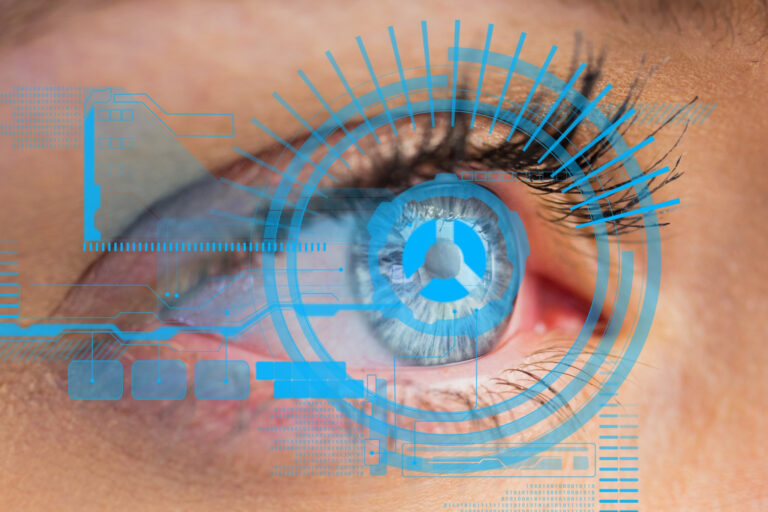Dry Eye Syndrome

Dry eye syndrome occurs when there is insufficient tear production or poor tear quality, leading to discomfort, irritation, and potentially damage to the surface of the eye. Treatments aim to alleviate symptoms, improve tear production, and maintain ocular surface health. Here are several treatments involved:
Artificial Tears: Lubricating eye drops or artificial tears are the primary treatment for mild to moderate dry eye symptoms. These drops provide temporary relief by supplementing natural tear production and moistening the ocular surface.
Prescription Eye Drops: For more severe cases of dry eye, prescription eye drops may be recommended. These drops may contain medications to reduce inflammation (such as corticosteroids), promote tear production (such as cyclosporine or lifitegrast), or control eyelid inflammation (such as azithromycin).
Punctal Plugs: Punctal plugs are small, biocompatible devices inserted into the tear ducts to block drainage and conserve tears on the ocular surface, thereby increasing tear retention and lubrication.
LipiFlow: LipiFlow is a procedure that applies heat and pressure to the eyelid glands to clear blockages and improve the quality of the oily layer of tears. This treatment helps restore the natural lipid layer of the tear film.
Intense Pulsed Light (IPL) Therapy: IPL therapy involves using pulses of light energy to target inflammation and dysfunction in the eyelid glands, promoting improved tear film stability and reducing dry eye symptoms.
Lifestyle Modifications: Lifestyle changes such as avoiding environmental triggers (e.g., smoke, wind), using a humidifier in dry indoor environments, taking regular breaks during screen time, and staying hydrated can help alleviate dry eye symptoms.
Nutritional Supplements: Omega-3 fatty acids, found in fish oil supplements, may help improve tear quality and reduce inflammation in some individuals with dry eye syndrome.
Treatment for dry eye syndrome is individualized based on the severity of symptoms, underlying causes, and the patient’s response to therapy. Consulting with an eye care professional is essential to develop an effective treatment plan tailored to each individual’s needs.


